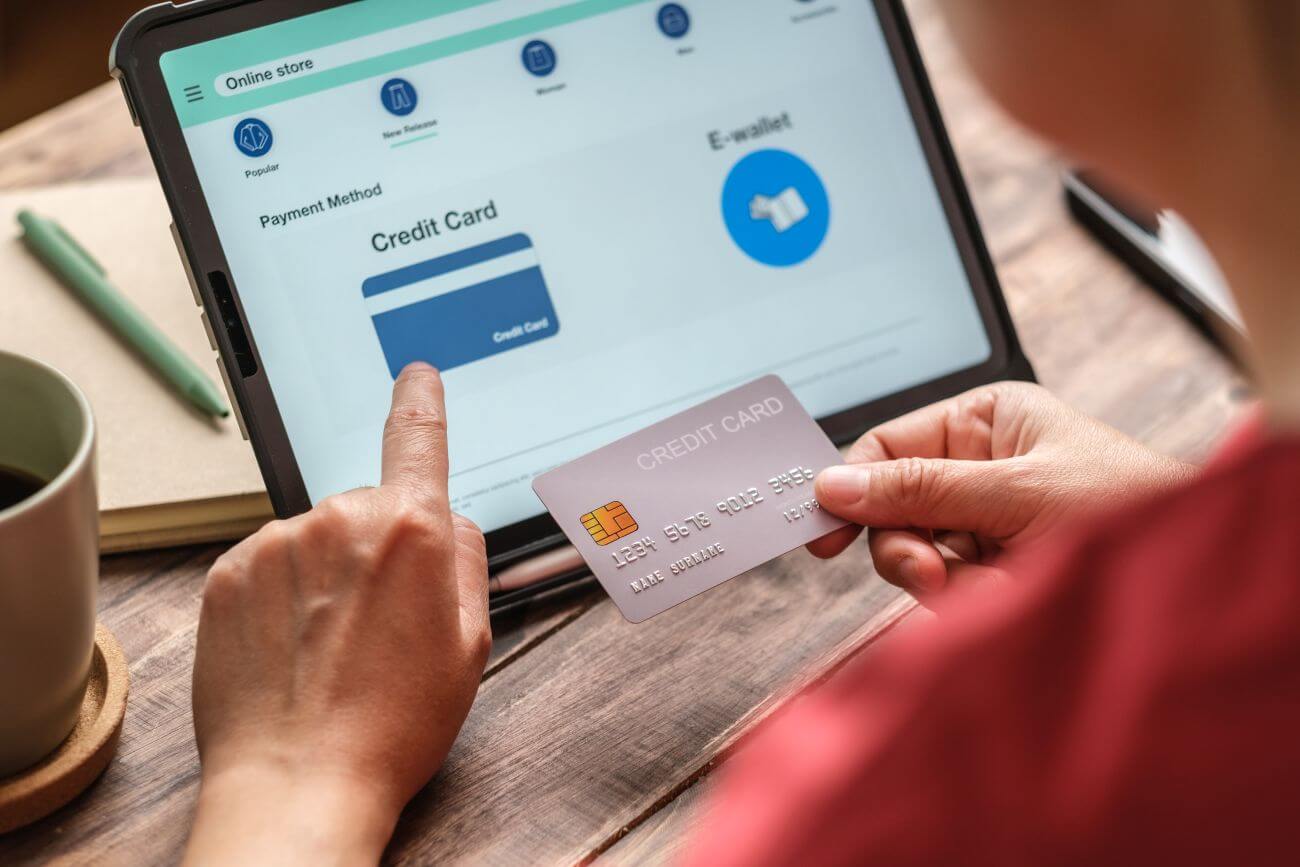Digital wallets and contactless payments have exploded in popularity, transforming the way we pay for goods and services. Apple Pay, Google Pay, and Samsung Pay have become household names, allowing consumers to make purchases with just a tap of their smartphone or smartwatch. According to a Mastercard survey, 79% of consumers worldwide now use contactless payments, citing safety and cleanliness as key drivers. But what’s powering this digital payment revolution behind the scenes?
Enter tokenization – the unsung hero of secure digital transactions. It replaces sensitive card data with a unique string of numbers called a “token,” which can be used for transactions without exposing the actual card details. This process is happening seamlessly in the background when you use your phone to pay at a store or make an in-app purchase. For example, when you add your credit card to Apple Pay, your device doesn’t store the actual card number. Instead, it creates a device-specific token that’s used for transactions. This means even if your phone is lost or stolen, your card details remain secure.
Enhancing Security and Reducing Fraud
One of the biggest advantages of tokenization is its ability to enhance payment security and reduce fraud. Traditional credit cards are vulnerable to skimming, where criminals copy card data from the magnetic stripe. With tokenized payments, this risk is virtually eliminated. Let’s break down how tokenization bolsters security:
- Data protection: Even if a hacker intercepts a token during a transaction, it’s useless without the ability to reverse-engineer it back to the original card data.
- Limited scope: Tokens are often limited to specific devices or merchants, further reducing the potential for misuse.
- Dynamic security: Unlike static card numbers, tokens can be easily invalidated and replaced – a simplified process of card issuing for banks (also worth finding out, what is card issuing).
Real-world examples demonstrate the effectiveness of tokenization in combating fraud. Visa reported that tokenized transactions saw a 26% reduction in fraud rates compared to traditional online card payments. This significant drop in fraud not only protects consumers but also saves businesses and financial institutions billions in potential losses.
Moreover, tokenization helps companies comply with data protection regulations like PCI DSS (Payment Card Industry Data Security Standard). By reducing the amount of sensitive data stored in their systems, businesses can simplify their compliance efforts and potentially lower associated costs.
Streamlining the Customer Experience
Card tokenization for banks isn’t just about security – it’s also revolutionizing the customer experience by enabling smoother, faster transactions. One of the most significant impacts is in the realm of one-click payments and subscription services.
Remember the days when you had to enter your full credit card details every time you wanted to make an online purchase? Tokenization has made that a thing of the past for many e-commerce sites. Amazon’s 1-Click ordering, for instance, relies on tokenization to securely store payment information and enable instant purchases. Here’s how tokenization is enhancing the customer experience:
- Faster checkouts: With tokenized cards on file, customers can complete purchases in seconds, reducing cart abandonment rates for merchants.
- Seamless subscription management: Services like Netflix and Spotify use tokenization to process recurring payments without storing actual card data, making it easier and safer to manage subscriptions.
- Cross-platform consistency: Tokens can be used across multiple devices and platforms, allowing for a consistent payment experience whether you’re shopping on your phone, tablet, or computer.
Take the example of ride-sharing apps like Uber or Lyft. When you first set up your account, you enter your card details once. From then on, tokenization allows the app to charge you for rides without re-entering your information, creating a frictionless experience. This same principle applies to food delivery apps, online marketplaces, and countless other digital services we use daily.
The Future of Tokenization: Beyond Card Payments
While tokenization has already transformed credit card payments, its potential extends far beyond this realm. Account-to-account (A2A) payments are one application, enabling secure direct transfers between accounts without exposing sensitive banking information. Some companies are also exploring the use of tokenization for secure storage and transmission of personal identification data, potentially streamlining processes like KYC (Know Your Customer) checks.
In health records, tokenization could be used to secure sensitive medical information, allowing for safer sharing of data between healthcare providers while maintaining patient privacy. Another example is the Internet of Things (IoT), where tokenization will play a crucial role in enabling secure payments from smart home devices, connected cars, and wearables.
For instance, imagine your smart refrigerator automatically ordering groceries when you’re running low, using a tokenized payment method to complete the transaction securely. Or consider a scenario where your car pays for its own parking or tolls using tokenized vehicle-specific payment credentials.
As we move further into this digital age, tokenization stands as a cornerstone technology, quietly working behind the scenes to make our transactions faster, safer, and more convenient. From the tap of your phone at a coffee shop to the seamless renewal of your favorite streaming service, tokenization is the invisible force propelling us towards a more secure and frictionless payment future.
Promotional article
See also:
- What Is a Mortgage Statement: Understanding and Reading Your Monthly Statement
- How Much Do Mortgage Loan Officers Make: Salary Data and Job Outlook
- How to Become a Mortgage Loan Officer: Step-by-Step Guide
- How to Become a Mortgage Loan Officer: A Comprehensive Guide
- How to Become a Mortgage Loan Originator: A Comprehensive Guide







Leave a Reply